FAQS - GENERAL BULBS AND PLANTS
Wondering how to care for your new bulbs or plants? Below are answers to the most commonly asked questions. If your question isn't addressed below, please send us an email or give us a call at: 855-534-2733
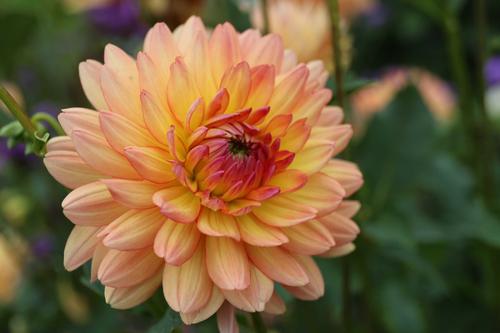
How do I know if my flower bulbs and plants have arrived in good condition?
We ship flower bulbs in spring and fall. Healthy bulbs are usually firm and dense. If you received bulbs that appear to be soft or diseased, please notify us immediately.
We ship perennials in spring and the plants that you receive may still be dormant. Once planted, they should begin showing signs of new growth within a couple weeks. All of our plants and bulbs are guaranteed to grow. If your bulbs or palnts do not grow, please notify us by email or call us at 855-534-2733.
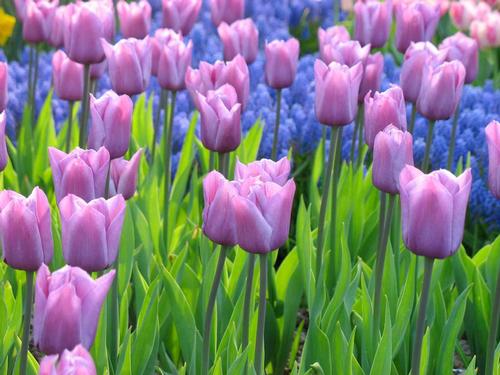
What soils are suitable for flower bulbs and perennials?
Most bulbs and plants are not fussy about soil as long as it is well drained and never soggy. Dry or compacted soils can be improved by adding compost, shredded leaves or other organic matter. Learn more here: How to Prepare Soil for Planting.
How should I prepare the planting area?
Choose a well-drained area with the appropriate amount of light for the plant or bulb (sun, part sun or shade). Loosen the soil to a depth of at least 8” so it will be easy for the bulb or plant to develop a strong root system. Incorporating compost will improve the soil’s texture and fertility. Dig a hole slightly larger than the bulb, root or pot, and follow the planting depth instructions on the package. Firm the soil and water the area thoroughly.
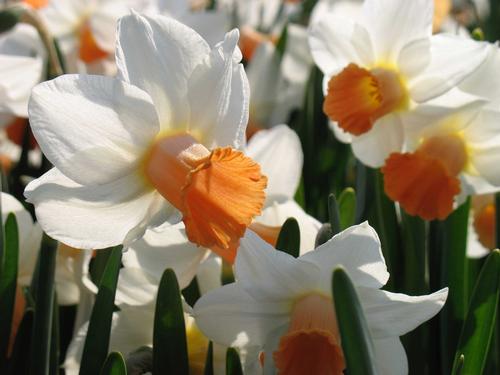
Should I fertilize my flower garden?
Bulbs already contain all the nutrients they need for their first year of bloom. If you want to encourage the bulbs to bloom a second year, you can fertilize them in the spring immediately after they bloom. Use an all-purpose, slow release fertilizer, following package directions. To learn more, watch the video: Why Flower Bulbs Are So Easy To Grow.
Newly-planted perennials benefit from being fertilized once or twice during their first growing season. Use a liquid fertilizer and follow package instructions for the correct dilution rate. Depending on the fertility of your soil, your perennial garden may benefit from an annual application of granular fertilizer. Mulching with compost is a good way to improve the soil and feed your plants at the same time.

Should bulbs and perennials be watered after planting?
Bulbs are usually dormant when they are planted, and moisture helps wake them up. In many parts of the country, the weather at planting time (spring or fall) is rainy, so there’s no need to add water. If the soil is dry and there’s no rain, apply about an inch of water, once each week, for the first several weeks after planting.
Newly planted perennials should be watered well after planting. If the weather is dry, give them about an inch of water per week during at least the first half of the growing season. Once they are well established, most perennials can survive without the need for weekly watering.
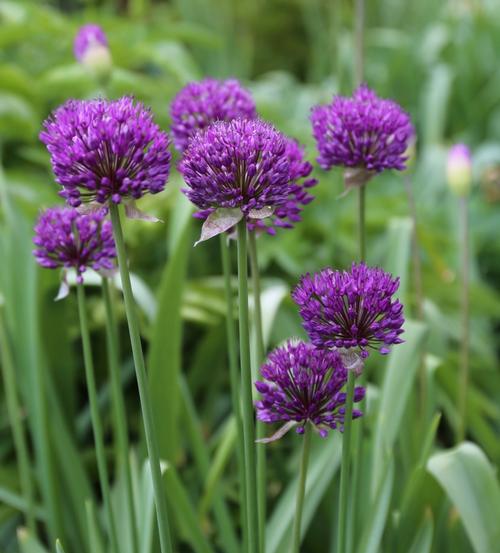
How do I keep deer away from my flower bulbs?
The best solution is to plant bulbs they won’t eat, such as daffodils, alliums and chionodoxa. If deer are a problem in your area, you’ll find suggestions here: How to Protect Your Garden from Deer.
Do I need to dig up my bulbs or can I leave them in the ground?
Spring-blooming bulbs that are winter hardy, such as tulips, daffodils and crocus, can be left right in the ground. Summer bulbs such as dahlias, tuberous begonias and calla lilies, will not survive cold winters. If you live in an area where these bulbs are not hardy, you can either treat them as annuals or dig them up in the fall and store the bulbs indoors. To find your hardiness zone click HERE.
If I bring my bulbs indoors for the winter, how do I care for them?
After digging the bulbs in late fall, let them air dry for a week or so to help toughen the outside skins. Bulbs such as tuberous begonias and dahlias store best when packed in damp peat moss or shredded leaves. This helps to minimize moisture loss and keep the bulb firm. Other bulbs, such as gladiolus, prefer to be stored dry. For most bulbs, the ideal winter storage temperatures is 50-60°F. On our website you'll find information about every type of bulb and perennial that we offer. Simply click on LEARN in the navigation bar to find what you need.
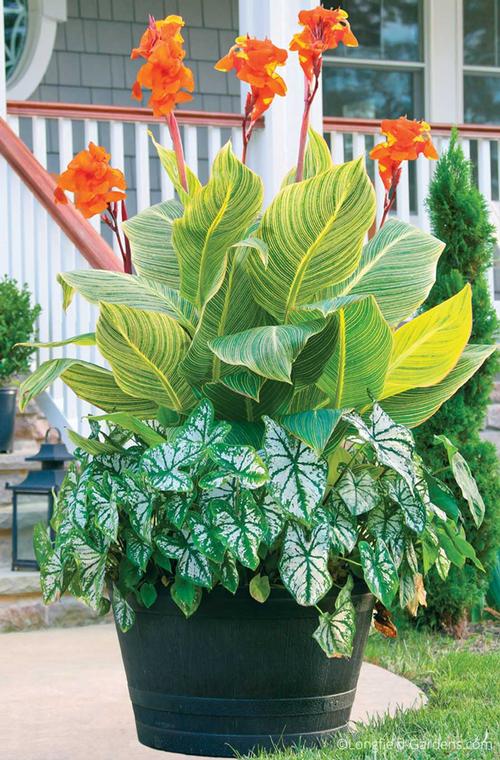
Do flower bulbs bloom every year?
Given the right growing conditions, many hardy bulbs such as daffodils, scilla and alliums, will multiply and bloom year after year. Other bulbs, such as tulips, put on their best show the first season and then gradually decline. How a bulb performs after the first year depends on the type of bulb and the growing conditions in your garden. Learn more here: All About Fall Planted Bulbs and All About Spring-Planted Bulbs.
Do bulbs from Longfield Gardens contain neonicotinoids?
Insecticides containing neonicotinoids may have an adverse effect on bees and other pollinators. Most of our bulbs and plants are imported from Holland, where the use of neonicotinoids is restricted. At this time we believe our bulbs do not contain these chemicals, though we cannot be 100% sure because the bulbs are not certified organic.
